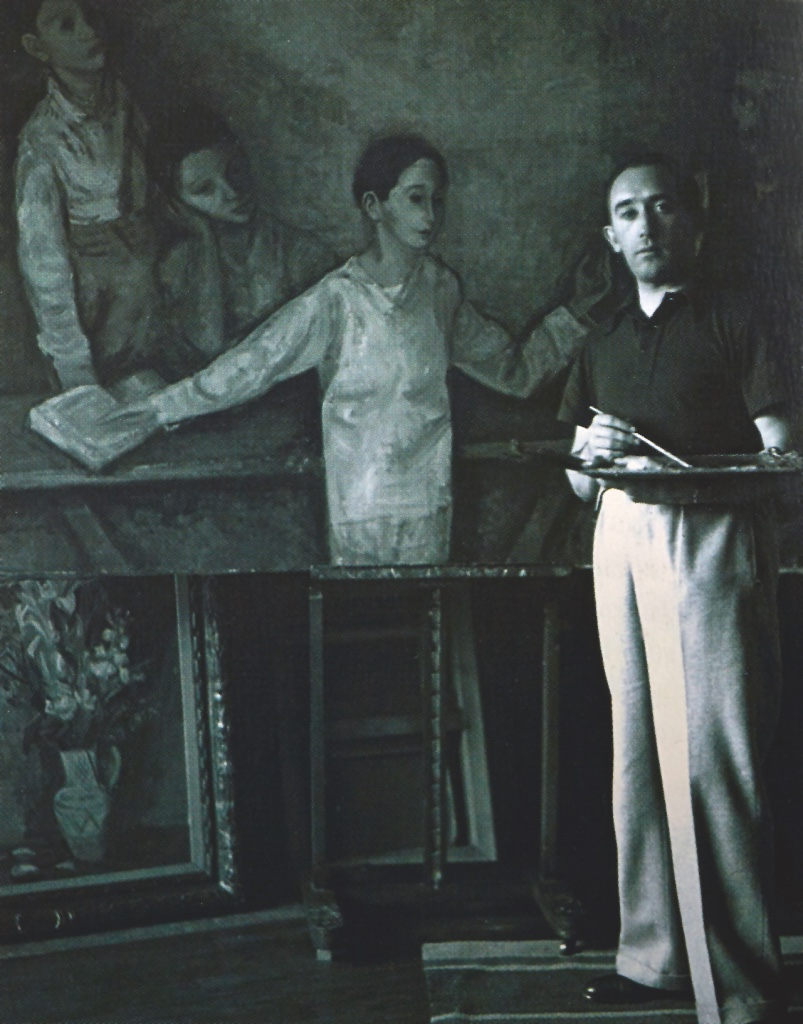Jacob BALGLEY
January 1, 2019BENN (born Bension Rabinowicz)
January 2, 2019Max BAND
NAUMIESTIS (LITHUANIA) 1900 – NEW YORK 1974
Max Band grew up in an orthodox family. He lost his father when he was three years old; his mother died two years later. In 1917, he worked as a drawing teacher. The school’s head teacher recognized his talent and sent him to Berlin. There, he saw for the first time the works by great masters which he only knew through reproductions. He lived in Germany for three years (1920-1923) and studied painting at a free academy. Max Band arrived in Paris in 1923.
In 1926, he visited New York for the first time on the occasion of an exhibition at the J.B. Newman gallery. The artist visited New York a second time (1933-1934) on the occasion of another exhibition at the Jacques Seligmann gallery in 1934. He went back to France and often traveled to Berlin. From 1940; he lived between France and New York where he settled permanently in 1954.
Stories of Jewish Artists of the School of Paris 1905-1939
FRENCH-ENGLISH
Capitale des arts, le Paris des années 1905-1939 attire les artistes du monde entier. De cette période de foisonnement, un terme est resté, celui d'Ecole de Paris, qui recouvre une grande diversité d'expression artistique. Dans ce brassage dont Montparnasse est le creuset, un groupe se distingue : celui des artistes juifs venus de Russie, de Pologne et d'Europe centrale. Si leurs styles sont variés, un destin commun les rassemble : ils fuient l'antisémitisme de leur pays d'origine. Certains ont connu la célébrité dès les années 1920, tels Soutine, Lipchitz ou Chagall. D'autres n'ont pas eu le temps ou la chance d'y accéder. Près de la moitié a péri dans les camps de concentration nazis.
From 1905 to 1939, Paris attracted artists from all over the globe as the capital of the art world. This period of artistic proliferation became known as the School of Paris, and includes a great diversity of artistic expression. Within the teeming art world centred on Montparnasse, one group set itself apart: Jewish artists from Russia, Poland, and Central Europe. Although their styles were diverse, they shared the common fate of fleeing anti-Semitic persecutions in their home countries. Some became famous in the 1920s, such as Soutine, Lipchitz, and Chagall, while others did not have the time or the luck to gain renown. Nearly half of these artists died in Nazi concentration camps.





